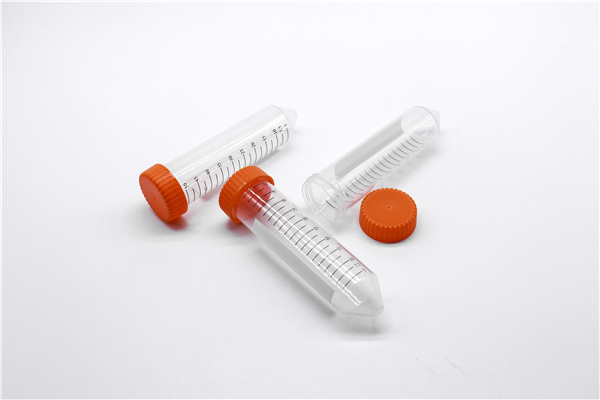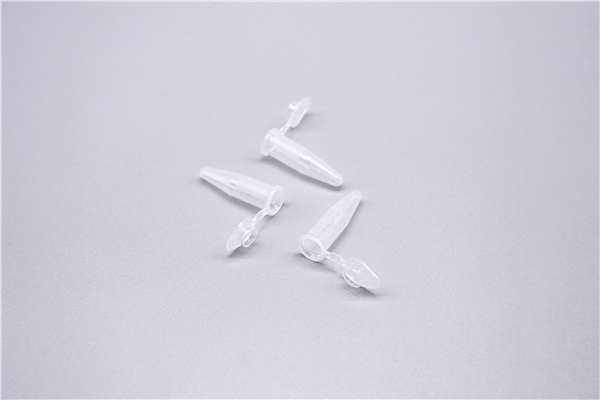Centrifugation technology is mainly used to separate and prepare various biological samples. The biological sample suspension is placed in a centrifuge tube under high-speed rotation. Due to the huge centrifugal force, the suspended tiny particles settle at a certain speed and are separated from the solution. The tube is one of the necessary experimental consumables in the centrifugal test.

Centrifuge tube classification
1. Plastic centrifuge tube
The advantages of are transparent or translucent, low hardness, and the gradient can be taken out by puncture method, but the disadvantages are easy deformation, poor resistance to organic solvents and short service life. The plastic centrifuge tube has a cap. Its function is to prevent sample leakage, especially when used for radioactive or highly corrosive samples. It is very important to prevent sample leakage. The cap also has the function of preventing sample volatilization and supporting the centrifuge tube to prevent centrifugation. The tube is deformed. When choosing this point, pay attention to check whether the test tube cover is tight, and whether it can be closed tightly during the test, so that it does not leak water upside down. As we all know, in the plastic centrifuge tube, the commonly used materials are polyethylene (PE), polycarbonate (PC), polypropylene (PP), etc. Among them, the performance of the polypropylene PP tube will be better. Therefore, choose the plastic centrifuge tube Whenever possible, polypropylene plastic centrifuge tubes should be considered.
2, glass centrifuge tube
The centrifugal force should not be too large, and rubber pads are needed to prevent the tube from breaking. High-speed centrifuges usually do not use glass centrifuge tubes. The cap of the centrifuge tube is not well sealed, and the liquid cannot be filled to prevent overflow and loss of balance. The consequence of overflow is to contaminate the rotor and the centrifuge chamber and affect the normal operation of the sensor. During the ultracentrifugation process, the centrifuge tube must be filled with liquid, because ultra-separation requires a high degree of vacuum, and only through filling can the centrifuge tube be prevented from deforming.
3, steel centrifuge tube
is strong, will not deform, can resist heat, freezing and chemical corrosion, it has a wide range of applications, but it should also avoid contact with strong corrosive chemicals, and try to avoid the corrosion of these chemicals.
4, ultrafiltration centrifuge tube
Mainly consider MWCO and concentration volume. Generally, the molecular weight cut-off should not be greater than 1/3 of the molecular weight of the target protein. The newly purchased ultrafiltration centrifuge tube is dry. Add MilliQ water before use. The water passes through the membrane completely, and it is pre-cooled in an ice bath or refrigerator for a few minutes. Then pour out the water, and then add the protein solution. The amount added should not exceed the white line on the top of the tube. The operation should be light. Before adding the protein solution, the ultrafiltration centrifuge tube needs to be pre-cooled on ice.

Precautions for use
The mass and center of gravity must be balanced. Note that the speed and acceleration should not be too fast, otherwise the ultrafiltration membrane will be directly damaged and the centrifugal ultrafiltration will be started. Adjust the acceleration of the centrifuge to a lower level to reduce the pressure on the membrane. Please note that you must wait for the centrifuge to reach the target speed before leaving the centrifuge. Otherwise, if there is a problem with the centrifuge, there will be no time for processing. The consequences will be unpredictable.

